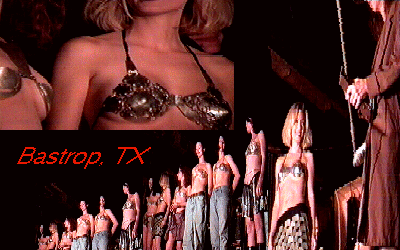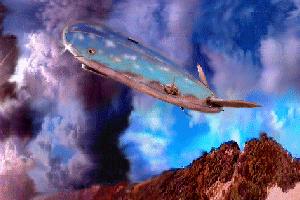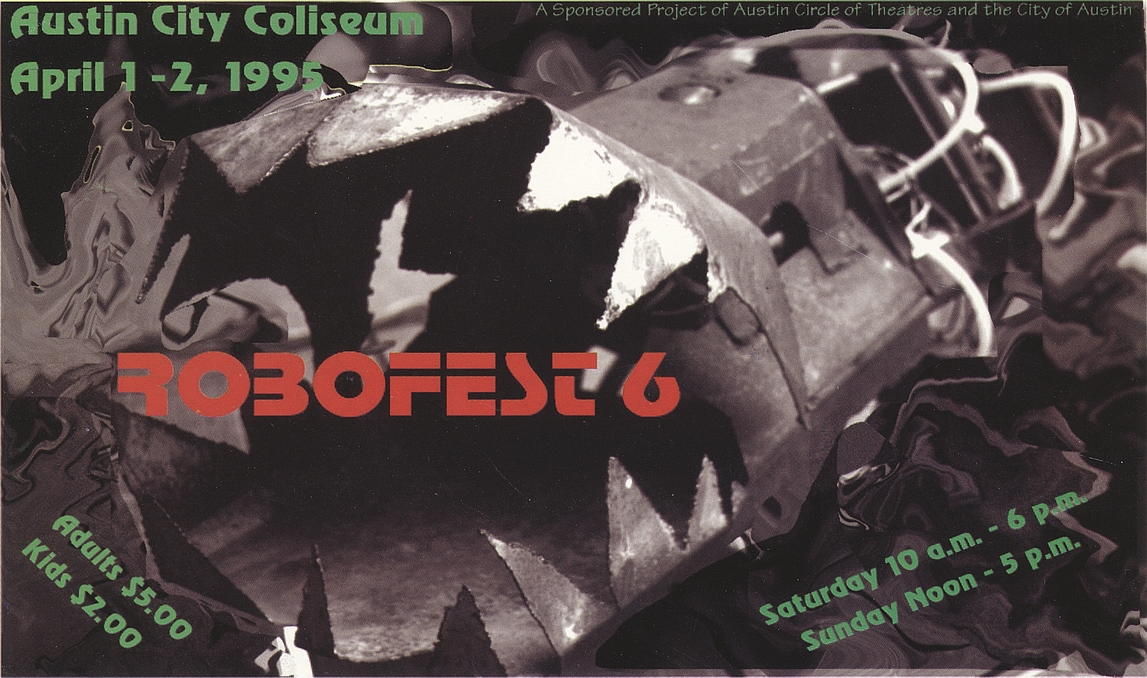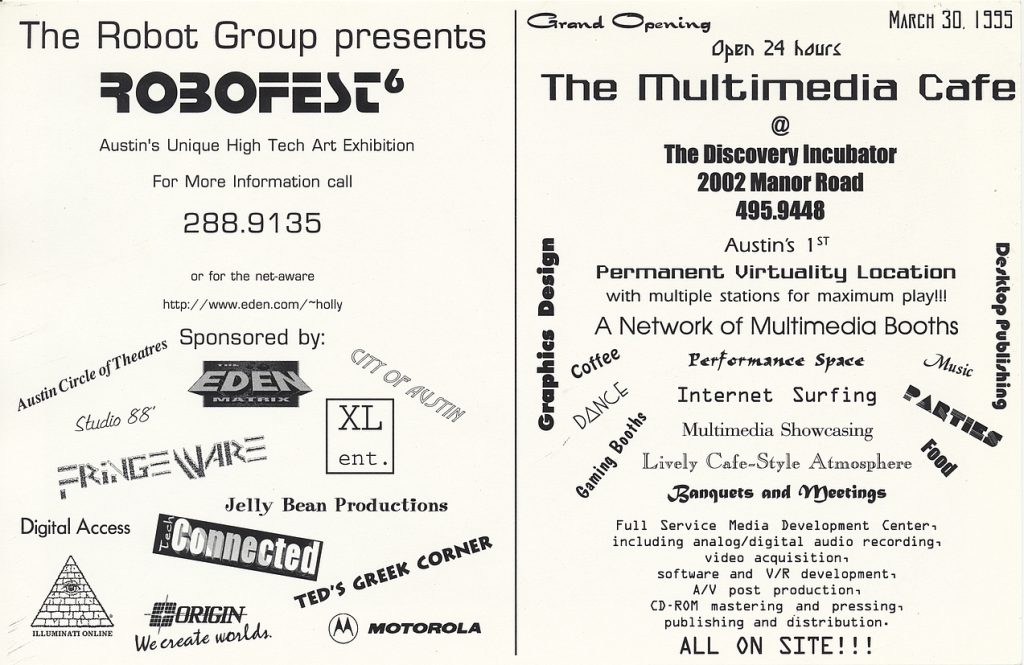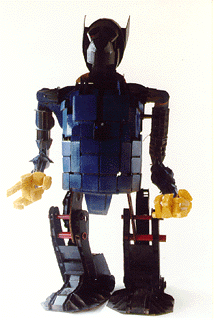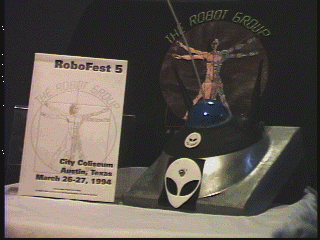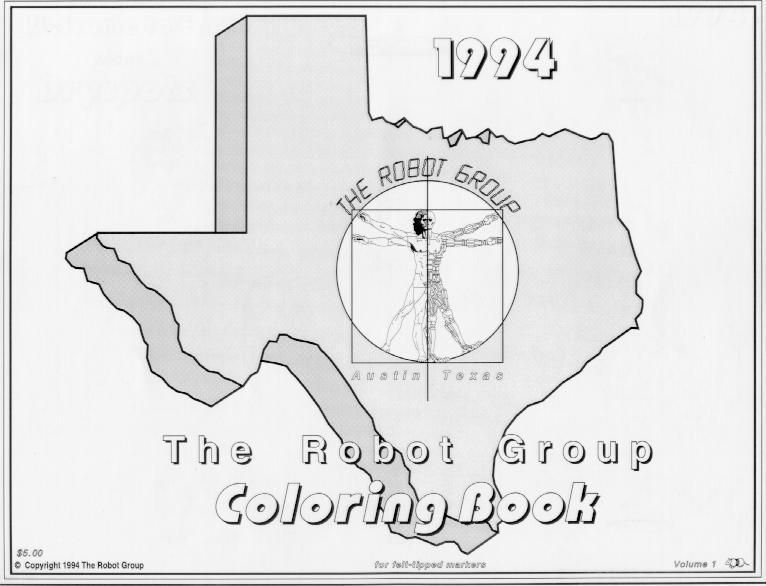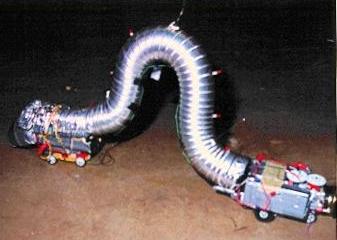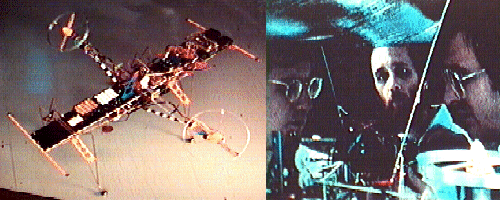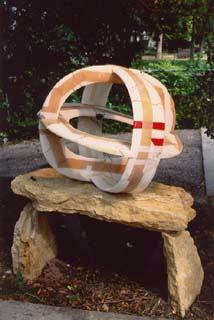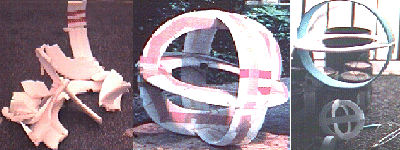Editor’s note : The information on this page was gleaned from Dave Santos’ PolyCosmos site (polycosmos.org) via the Wayback Machine. The information from several pages has been concatenated into a single page.
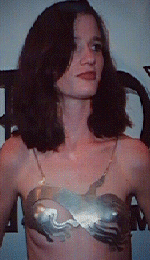
Brooks Coleman’s Hot-Tool Fashion Crew model no. 1. 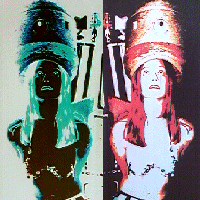
Brooks Coleman’s Hot-Tool Fashion Crew model no. 2. 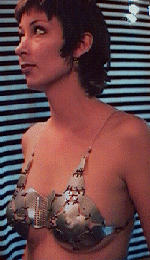
Brooks Coleman’s Hot-Tool Fashion Crew model no. 3.
Hot-Tool Premiered on October 27, 1995 in Bastrop, Texas. Austin’s intelligentsia was present. Brooks Coleman is the creator of Hot-Tool.
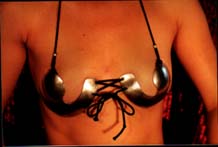
Brooks Coleman’s Art bra no. 1 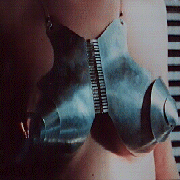
Brooks Coleman’s Art bra no. 2 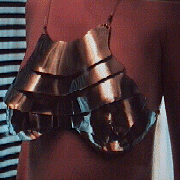
Brooks Coleman’s Art bra no. 3 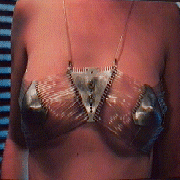
Brooks Coleman’s Art bra no. 4 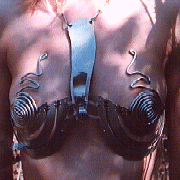
Brooks Coleman’s Art bra no. 5 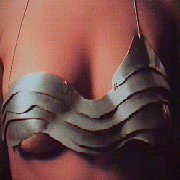
Brooks Coleman’s Art bra no. 6 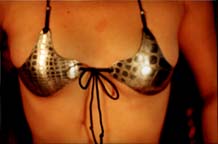
Brooks Coleman’s Art bra no. 7
Subj : EVENT - Brooks Coleman, Hot-Tool Fashion Show 2.0
Date : 96-05-04 03:13:49 EDT
From : email@fringeware.com (FringeWare Daily)
Reply-to : email@fringeware.com (FringeWare)
Sent from: email@fringeware.com (FringeWare)
*** TEXAS NEWS FLASH *** TEXAS NEWS FLASH *** TEXAS NEWS FLASH ***
THE SECOND GATHERING in a series of ongoing HOT-TOOL FASHION CREW fashion shows will go online tomorrow, Sat 4 May 96, in Bastrop TX at Brooks Coleman's treehouse -- one show at 10p and another starting sometime after 2a, after the second shift of models arrive.
If you know Brooks and you know how to get to his house, and you agree to mind your P's and Q's while a flurry of gorgeous young women bare all on stage, probably for their first time, in front of howling crowds of Coors-drinkin' rednecks, metropolitan art weenies, industrial geeks, and world-renowned robotics experts, while wearing precious little more than a few scraps of metal and plastic, then you're invited.
Brooks Coleman is a charter member of Austin's The Robot Group, and one of the organisers of the annual RoboFest event held here.
HOT-TOOL FASHION CREW features custom designed and fitted "art bras" and "art skirts" made from recycled industrial materials ... if you've ever seen Brooks' robotic sculptures or p'haps ever seen a video of a Survival Research Labs show, you get the point ....
Currently, art bras / skirts sell within the range of $50-$100 each. The first three patrons to drop by the FringeWare store at 51st & Duval in Austin, may request an art bra/skirt coupon for $10-off, with purchase.
The previous show, on Halloween 95, proved to be one of the premier art gatherings in this part of the North American continent -- for reviews and details, please browse some of the URLs listed below, in addition to Brooks' press coverage in Mondo 2000, bOING-bOING, Discovery Channel, etc.
Attendees at this night-long fete are requested to bring flashlights and coloured lightbulbs if possible to help illuminate the newly built woodland trails. Hiking will be included along with the usual Wall of Gizmos and techno-industrial-redneck runway glam fanfare.
Located between Austin and Houston, the party will be out in the glamorous pine hill country of Bastrop County. Bring plenty of water, in case y'all get lost on the way out there.
Hot-Tool Fashion Crew Home Page ->
http://www.polycosmos.org/BUSINESS/HOTTOOL/HOTTOOL.HTM
HOT-TOOL review in Don Webb's "Letters to the Fringe" ->
http://www.fringeware.com/tazmedia/dwebb/letter16.html
http://www.fringeware.com/tazmedia/dwebb/letter17.html
The FWR article about Brooks, by Allen Varney & PXN ->
http://www.fringeware.com/FWR/fwr03-31.html
Brooks Coleman
Hot-Tool Fashion Crew
Lot 9, Section 3
PO Box 1403
Bastrop TX 78602
+1 512 303 3310
elmice@eden.com
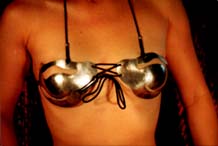
Brooks Coleman’s Art bra no. 8 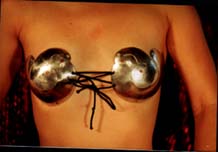
Brooks Coleman’s Art bra no. 9 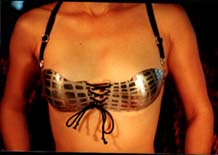
Brooks Coleman’s Art bra no. 10 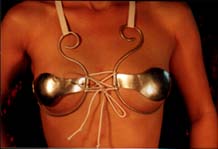
Brooks Coleman’s Art bra no. 11 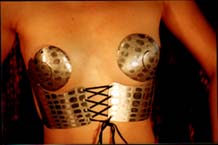
Brooks Coleman’s Art bra no. 12 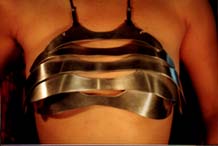
Brooks Coleman’s Art bra no. 13
